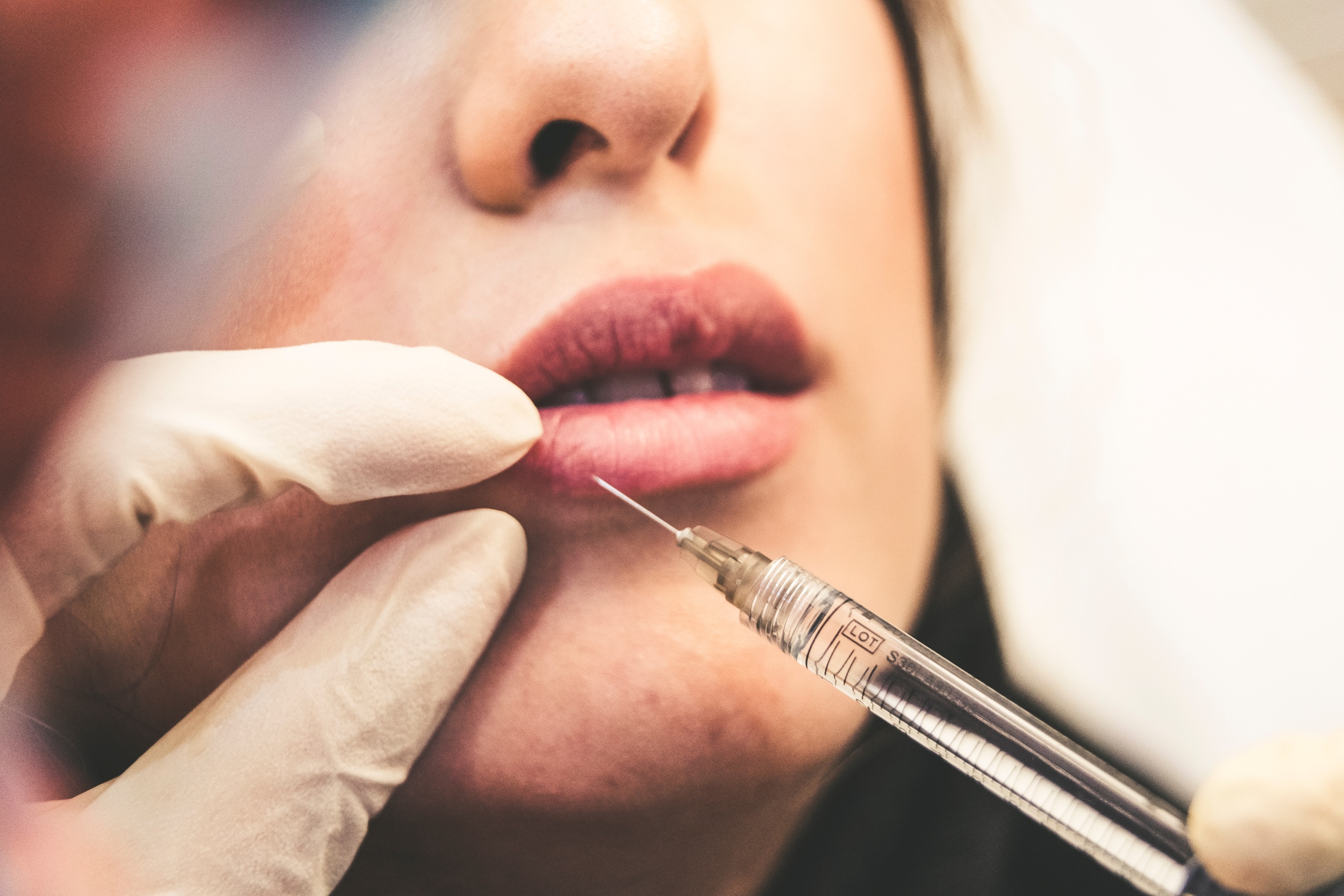In today’s fast-paced world, the pursuit of personal perfection and self-satisfaction has never been more prevalent. Our physical appearance often becomes an expressive canvas, showcasing not just our genetic makeup but our choices, desires, and journeys. Plastic surgery, once a whispered secret behind closed doors, now stands as an empowering testament to human resilience, innovation, and the ever-evolving standards of beauty.
But it’s more than just skin deep. Beyond the layers of epidermis and muscle, plastic surgery touches the very core of an individual’s self-worth and identity. It provides an avenue for those who have suffered physical trauma to reclaim their bodies. For those born with congenital anomalies, it offers a chance to align their external appearances with their inner self-image. And for many, it’s a choice—a deliberate decision to modify, enhance, or rejuvenate.
However, this transformation isn’t solely about vanity. It’s interwoven with stories of courage, determination, and the relentless human spirit. From the mother who wishes to regain her pre-pregnancy confidence to the accident survivor hoping to erase painful reminders of the past, plastic surgery holds the promise of a new chapter. It signifies hope, a step towards a future where one can look in the mirror and see not just their reflection, but their aspirations, dreams, and triumphs looking back.
In this journey of transformation, where the boundaries of medical science and personal aspirations intersect, we explore the intricacies of plastic surgery and the profound impact it has on the lives of countless individuals.
Why Plastic Surgery?
In a world teeming with diverse perceptions of beauty, the desire to align one’s external appearance with internal ideals is a profound journey. Plastic surgery, while often associated with aesthetic enhancements, is deeply rooted in a myriad of personal motivations and reasons.
- Personal Empowerment: For many, plastic surgery is a symbol of taking control. It’s about embracing the power to shape one’s destiny and body, especially in a world where we often feel we have little control over external events. By opting for a procedure, individuals often feel a renewed sense of agency over their lives.
- Reconstructive Needs: Not all plastic surgery procedures are elective in nature. Many individuals turn to these medical interventions following trauma, accidents, or diseases. For a breast cancer survivor, breast reconstruction might represent the closing chapter of a harrowing journey, a tangible marker of resilience and survival.
- Congenital Anomalies: Birth defects, such as cleft palates or ear deformities, can be corrected through plastic surgery, not just for aesthetic reasons, but to improve function and quality of life. These surgeries often go beyond the skin, touching lives by enabling easier speech, eating, or hearing.
- Aging Gracefully: As we progress through life, our bodies inevitably bear the marks of time. For some, procedures like facelifts or eyelid surgeries provide a way to harmonize their physical appearance with the youthful spirit they still feel inside. It’s less about turning back the clock and more about moving forward with confidence and vigor.
- Body Positivity and Self-Love: Contrary to the misconception that plastic surgery stems from self-loathing, many choose these procedures from a place of self-love. It’s about enhancing what they love about themselves and tweaking what they believe can be improved upon. In a society that’s gradually embracing body positivity, the decision to undergo plastic surgery is becoming recognized as just another facet of individual expression.
- Cultural and Societal Influences: We can’t ignore the influence of culture and society. With the globalization of beauty standards, through media and entertainment, there’s a growing awareness and acceptance of plastic surgery. In certain cultures, procedures like double eyelid surgeries or rhinoplasties are seen not just as aesthetic choices but as rites of passage or means of achieving certain societal ideals.
By understanding the diverse reasons behind the decision to undergo plastic surgery, we gain a deeper insight into the human psyche and the universal desire for self-expression, acceptance, and personal fulfillment.
Plastic Surgery: The Procedure
When one thinks of plastic surgery, it’s easy to envision a monolithic process. In reality, the world of plastic surgery is vast and varied, with each procedure being a unique blend of medical science, artistry, and individual customization.
- Facelifts: A procedure that has evolved tremendously over the years, facelifts today are less about pulling the skin taut and more about restoring the natural contours of the face. By addressing the underlying muscles and redistributing fat, surgeons aim to give the face a rejuvenated, yet natural appearance. Techniques like the SMAS lift or the deep plane facelift are designed to offer longer-lasting results with minimal scarring.
- Rhinoplasty: Often referred to as a “nose job”, rhinoplasty is one of the most intricate procedures in plastic surgery. It’s not just about reshaping the nose but ensuring that the new shape harmonizes with the rest of the facial features. Whether it’s to correct a deviated septum or to refine the nose’s silhouette, this procedure requires a surgeon’s precision coupled with an artist’s eye.
- Breast Augmentation and Reduction: Beyond the realm of aesthetics, these procedures can have profound impacts on an individual’s quality of life. While augmentations involve implants or fat transfer to increase breast size, reductions are sought by those experiencing back pain, posture issues, or other discomforts due to overly large breasts. Both procedures aim at achieving a size and shape that’s proportionate to the body and aligns with the patient’s desires.
- Body Contouring: Procedures such as tummy tucks, liposuction, and body lifts fall under this category. They are primarily aimed at refining the body’s silhouette, especially after significant weight loss or post-pregnancy. By removing excess fat and skin, surgeons sculpt the body, enhancing its natural curves and contours.
- Non-Surgical Treatments: With advancements in technology, there’s been a surge in non-invasive treatments that promise significant results with minimal downtime. Treatments like Botox, fillers, laser therapies, and CoolSculpting have gained popularity for their ability to offer enhancements without the need for incisions or prolonged recovery periods.
- Personalized Consultation: A crucial aspect that often precedes any procedure is the consultation phase. Here, patients have in-depth discussions with their surgeons, understanding the potential outcomes, risks, and recovery details.
A journey through the varied procedures in plastic surgery reveals a field that’s continuously evolving, driven by technological advancements, deeper medical insights, and a growing understanding of individual aesthetic desires.
Plastic Surgery: Post-Surgery Care
Emerging from the delicate dance of surgical instruments, the real journey often begins after the procedure is completed. Post-surgery care is a critical phase, not only in ensuring the success of the operation but also in determining how quickly and seamlessly patients can reintegrate into their daily lives.
- Immediate Aftercare: The hours following a surgical procedure are crucial. Depending on the complexity of the surgery, patients may be required to stay in a medical facility for observation. This period allows medical professionals to monitor vital signs, manage pain, and ensure there are no immediate complications. It’s essential that patients follow the advice of their medical team, from staying hydrated to managing pain with prescribed medications.
- Wound Management: The incision site requires special attention. Keeping it clean and dry prevents infections. Surgeons typically provide instructions on how to care for surgical wounds, including when and how to change dressings. It’s essential to report any signs of infection, such as increased redness, swelling, pus, or if the wound becomes warm to touch.
- Mobility and Physical Activity: Depending on the procedure, mobility can be restricted in the initial days. However, light movements, such as small walks, can aid in circulation and prevent complications like blood clots. It’s crucial to strike a balance: while movement can be beneficial, overexertion can jeopardize the surgical outcome.
- Diet and Nutrition: Proper nutrition can significantly impact the speed and quality of recovery. Protein-rich foods can aid in tissue repair, while vitamins and minerals support overall healing. Additionally, certain surgeries might come with dietary restrictions or recommendations, and it’s crucial to adhere to these guidelines.
- In-home Caregiving: Recovering from surgery is not just a physical journey but also an emotional one. Having professional in-home caregivers can be a boon. These caregivers offer more than just medical support; they provide companionship, ensuring patients don’t feel isolated during recovery. They can assist with medication management, wound care, mobility, and even daily chores, allowing patients to focus solely on healing. The symbiotic relationship between surgical procedures and quality post-surgery care ensures that patients receive comprehensive support throughout their recovery journey.
- Follow-up Appointments: These are non-negotiable. Regular check-ins with the surgeon allow for the monitoring of the healing process. It’s an opportunity to address any concerns, assess the surgical outcome, and make any necessary adjustments to the recovery plan.
Embracing a holistic approach to post-surgery care ensures not only the longevity of the surgical results but also a smoother, more comfortable recovery process. It’s a testament to the idea that healing is as much an art as the surgery itself.
Plastic Surgery and Beyond: Embracing the Full Spectrum of Transformation
The journey of plastic surgery is a profound testament to the human spirit’s resilience and the desire to align one’s external appearance with internal aspirations. Whether driven by personal empowerment, reconstructive needs, or the wish to age gracefully, plastic surgery remains a choice deeply rooted in individual motivations and self-expression. Yet, the surgery itself is only part of the story. The subsequent journey, marked by diligent post-surgery care, is equally significant. It’s here that medical excellence converges with compassionate caregiving, ensuring that the results achieved in the operating room are preserved and optimized during recovery. This harmonious blend of surgical expertise, advanced procedures, and top-notch in-home surgical aftercare solidifies the promise of a fulfilling and confident life post-surgery. As the realms of plastic surgery and post-operative care continue to evolve, they underscore a message of hope, transformation, and holistic well-being.




